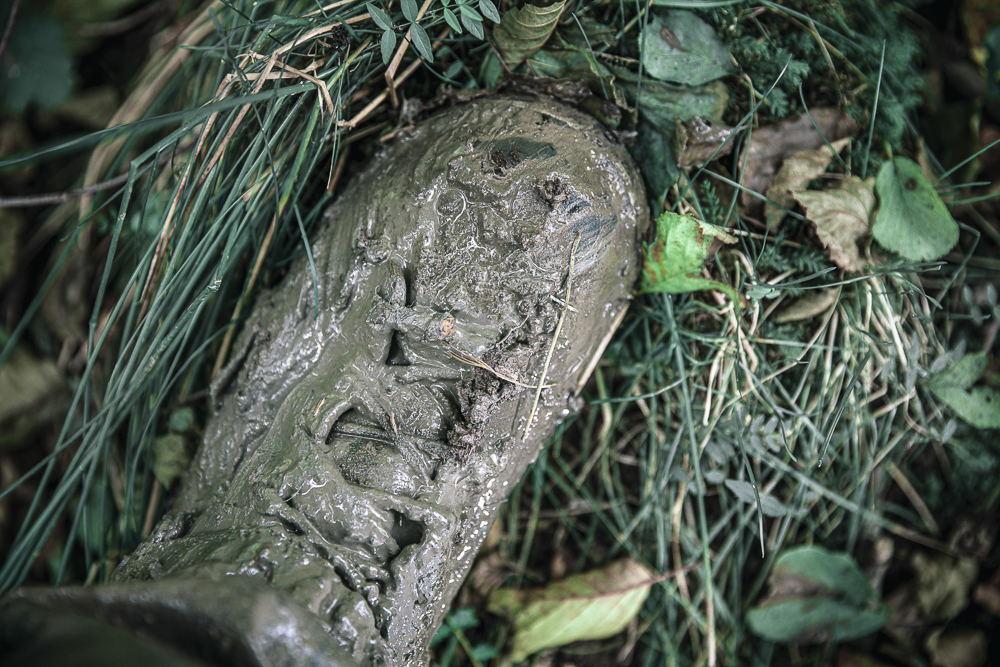River Marströmmen
Natural hydrology and free migration routes
River Marströmmen is the name of a 42-kilometer-long river in northern Kalmar that has its source in Lake Grindeln. It flows through several lakes and enters the Baltic Sea at Solstadström. The lower part of River Marströmmen is covered by the Natura 2000 area “Stora Ramm and River Marströmmen” which is also of national interest for nature conservation.
There are habitats such as “watercourses with floating-leaf vegetation” and “open bogs and fens”. Around 15 species of fish and four glacial relict crustaceans live in the watercourse. Migration barriers and morphological changes affect the hydrology and habitats of fish and other animals.
Biodiversity – crustaceans and fish
River Marströmmen has a unique aquatic environment with high natural values. Four species of glacial relict crustaceans occur in the system: Mysis relicta, Pallaseopsis quadrispinosa, Limnocalanus macrurus and the very rare Gammaracanthus lacustris.
The water system is also home to around 15 species of fish and is particularly important as a spawning and nursery area for trout, whitefish and lamprey.
The project will improve the ecological status of the river by removing two migration barriers and restoring habitats along a stretch of about three kilometers. A shallow lake and wetlands that were previously drained will be restored. In the estuary, reeds will be cleared and artificial reefs built.
Ensuring free migration, natural hydrology and maintaining viable habitats and populations is a priority.
Impacts and ecological status
According to the EU Water Framework Directive (WFD), the ecological status of River Marströmmen varies from unsatisfactory to high in different parts of the system. The main negative factors are a lack of connectivity where dams and other barriers impede fish migration, morphological changes due to gutting and straightening of watercourses and draining of wetlands and lakes that have negatively affected the bottom structure and hydrology, and eutrophication in the coast due to nutrient overload leading to reduced recruitment of predatory fish such as pike and perch.
Restoration measures
According to the management plan for the Nature 2000 site “Stora Ramm and River Marströmmen”, it is a priority to ensure free migration, natural hydrology and preserve viable habitats and populations.
The Improve Aquatic LIFE project will implement a range of measures. Two migration barriers will be removed, opening up 3 kilometers of the river for free migration of fish and other species. Habitats will be restored through habitat management on 600 meters of the river, focusing on important habitats for migrating fish. Restoration of a 50-hectare shallow lake and 10 hectares of wetlands will be carried out to recreate a more natural hydrology downstream. In the coastal estuary, 0.4 hectares of reeds will be cleared and a number of reed beds built to create reefs where recruitment of important predatory fish such as pike and perch can take place.
The measures are expected to improve connectivity, hydrology, water quality, biodiversity, fish production and habitats for trout, whitefish and lamprey in the river, and pike and perch in the coastal zone.


Freshwater pearl mussel survival depends on host fish
Barriers to migration
Removing migration barriers and opening up the river pearl mussel’s host fish, salmon and trout, will increase the species’ ability to reproduce. Barriers to migration come in many forms, from natural to man-made dams and power plants. In some cases, a good solution may be to build a wildlife passage to allow fish and other organisms to bypass the migration barrier.
River Marströmmen
Latest news from the project area
Here you can read news about the target species and the actions being taken in the project area.

